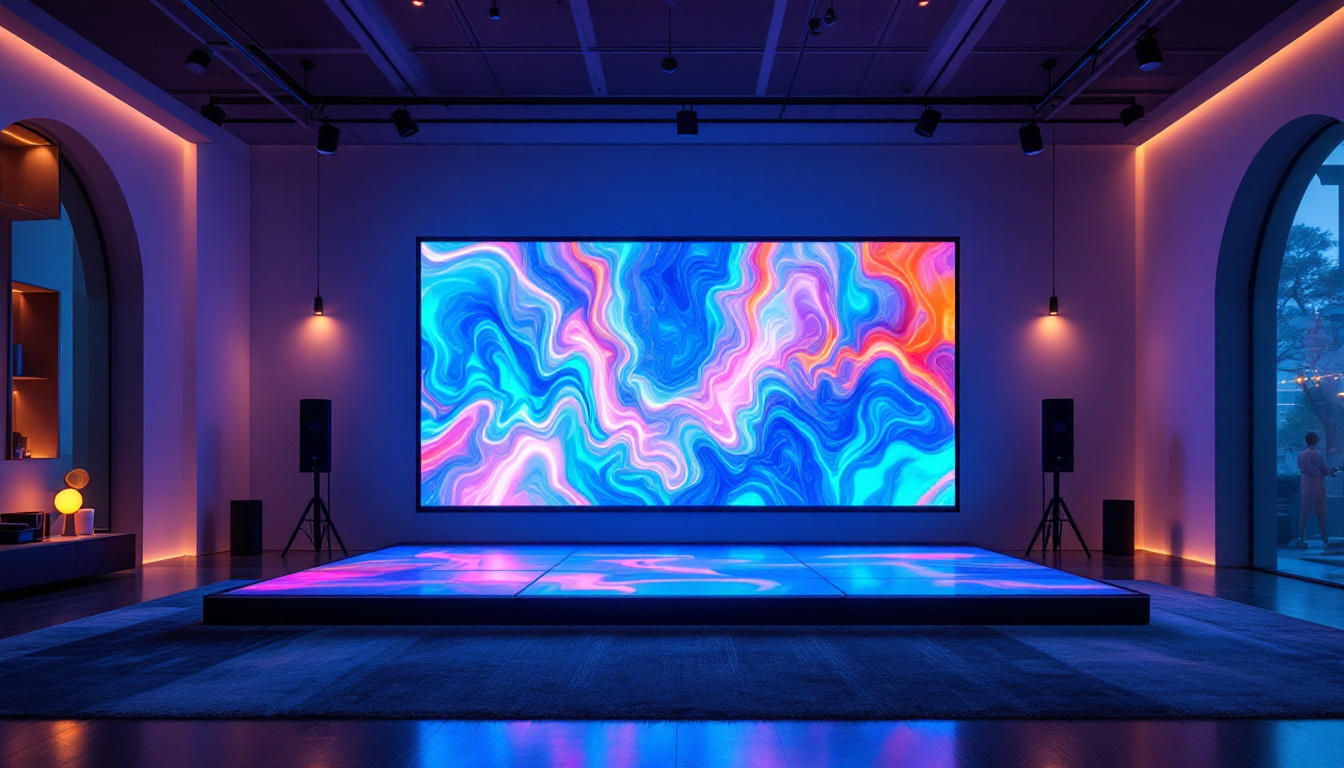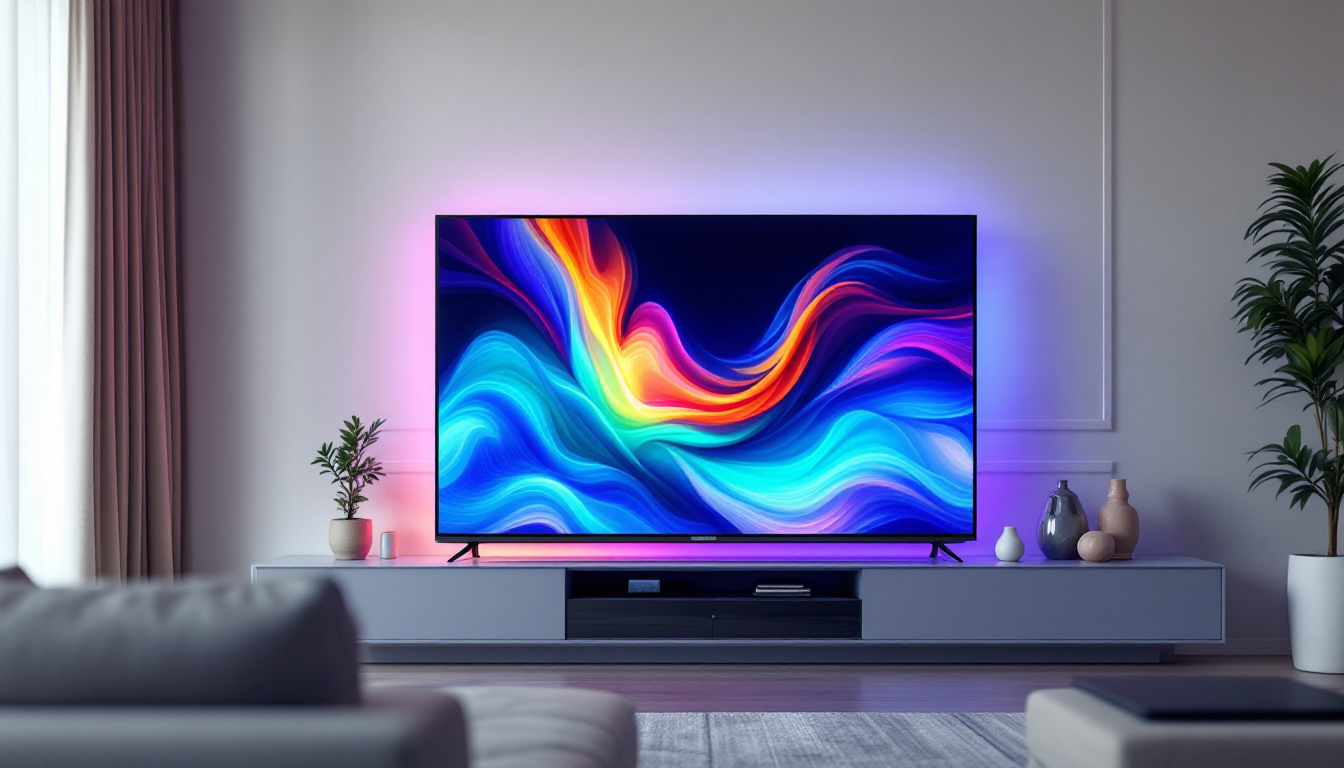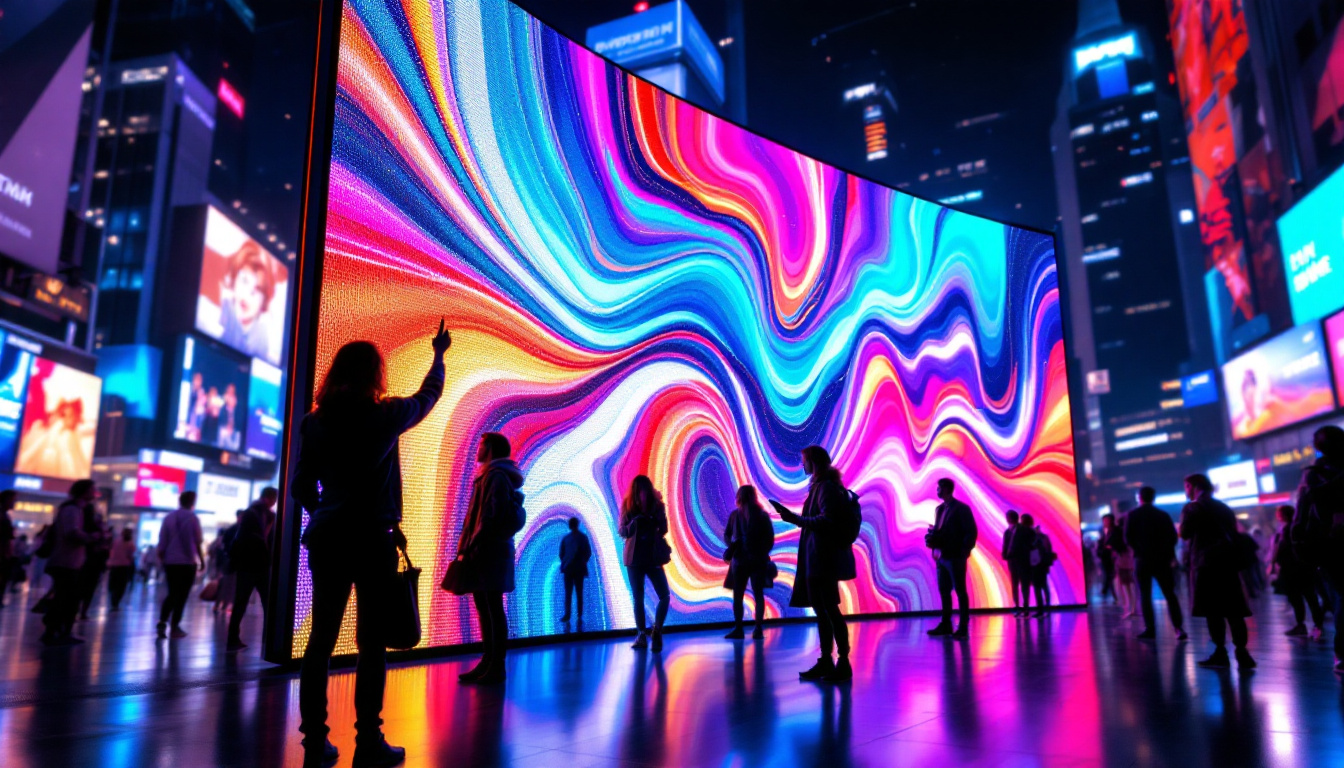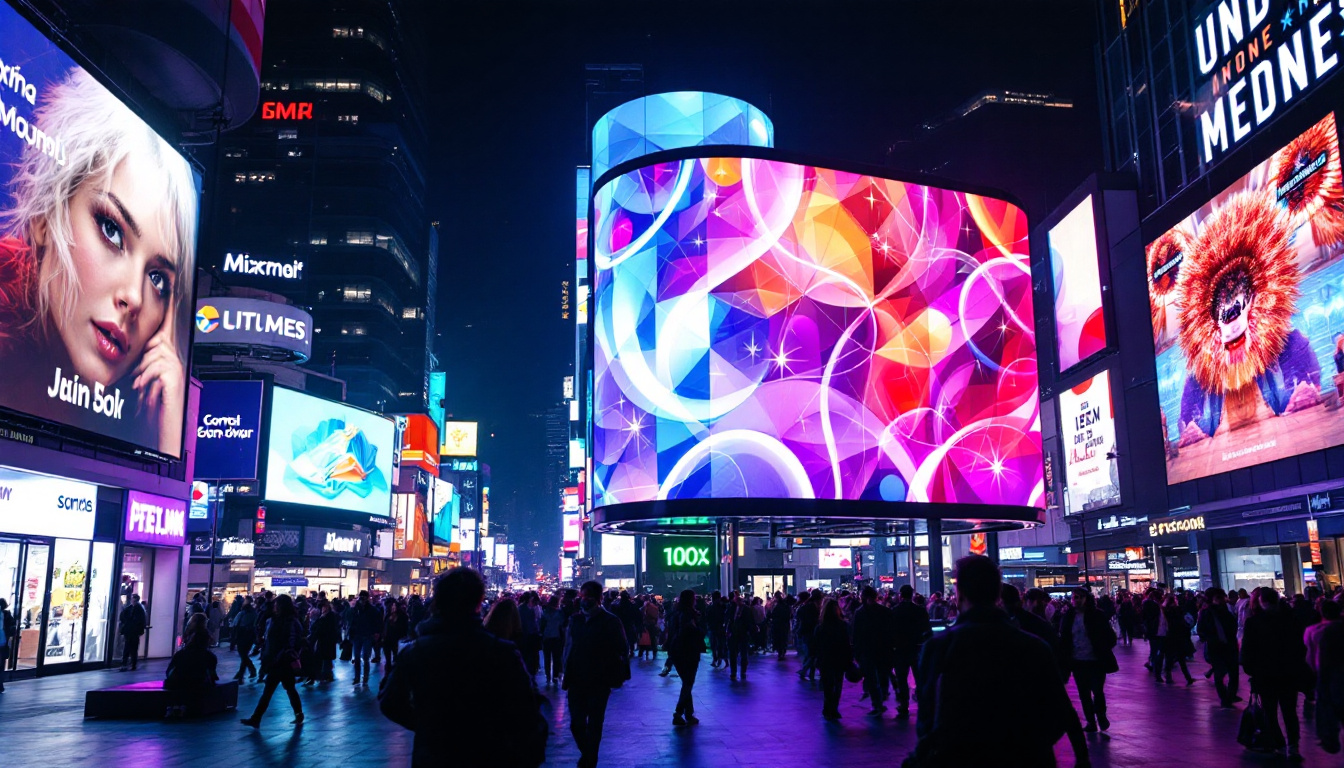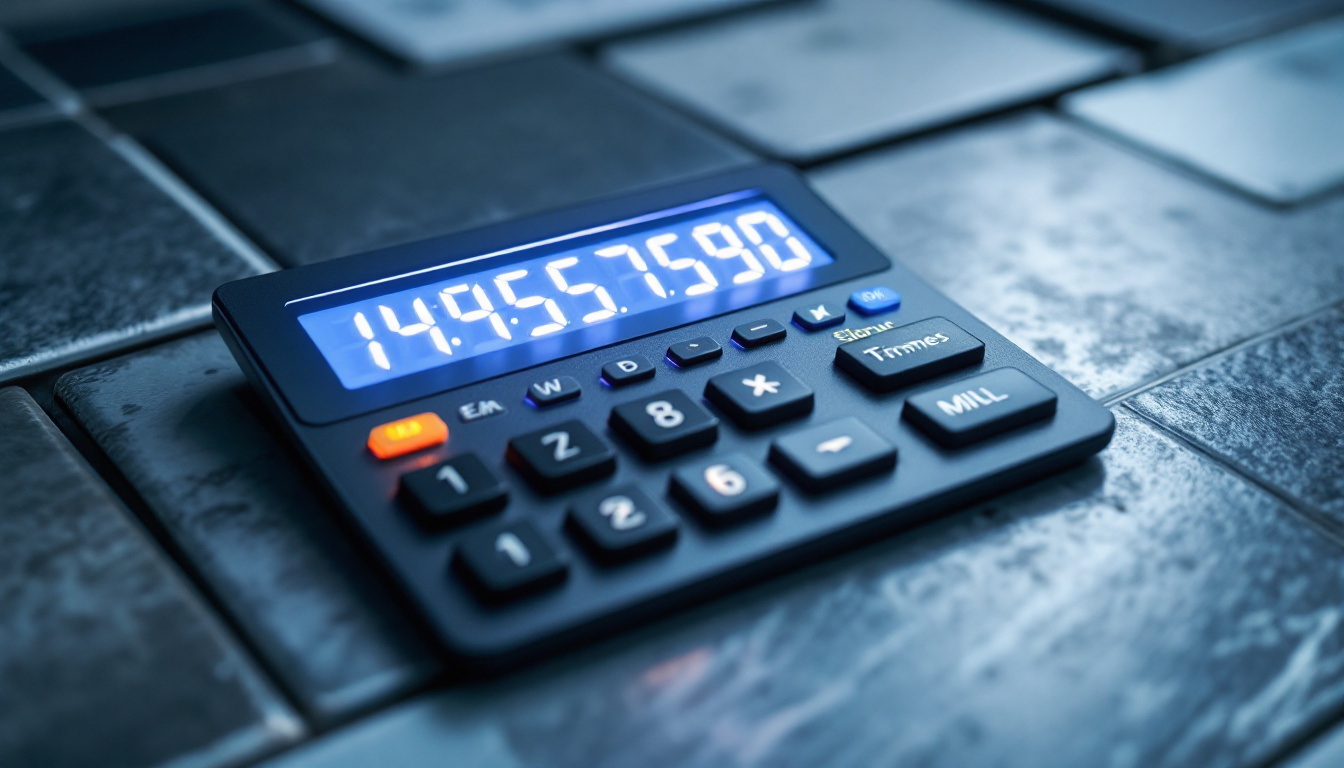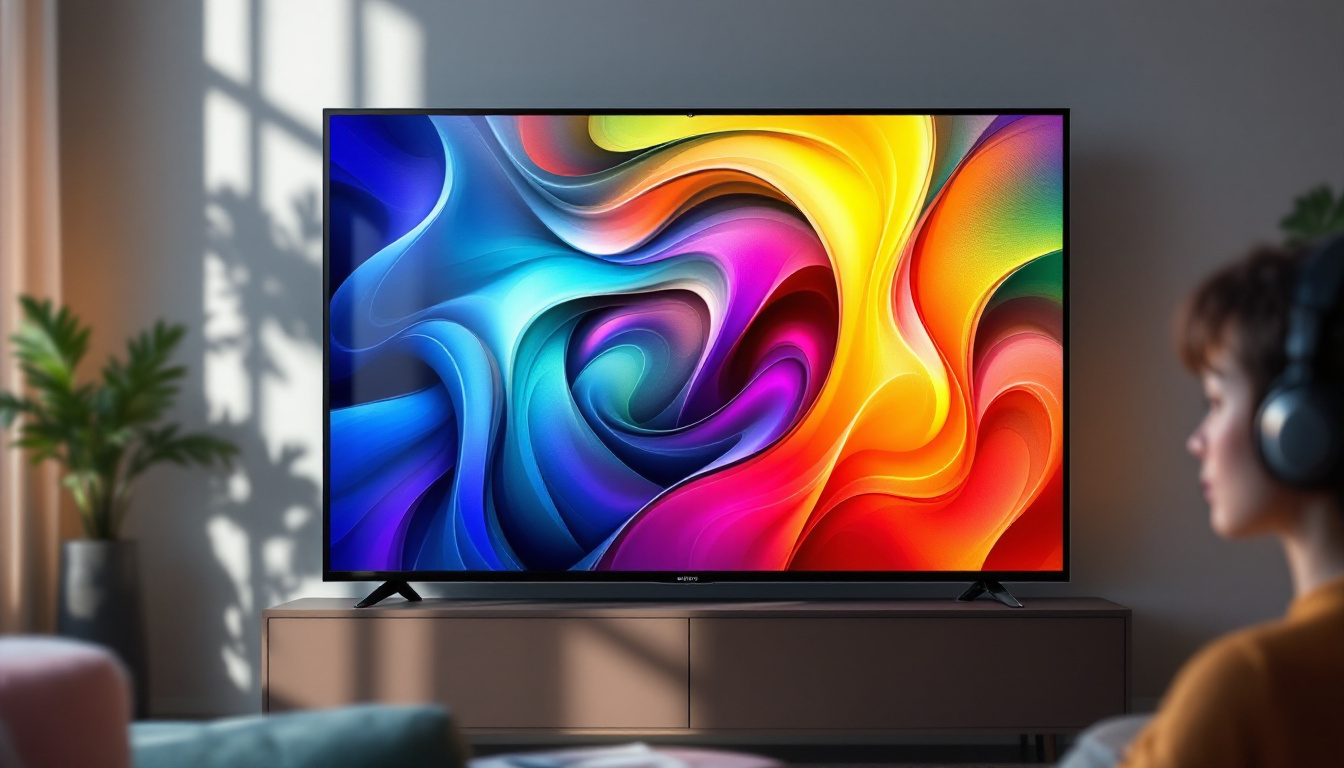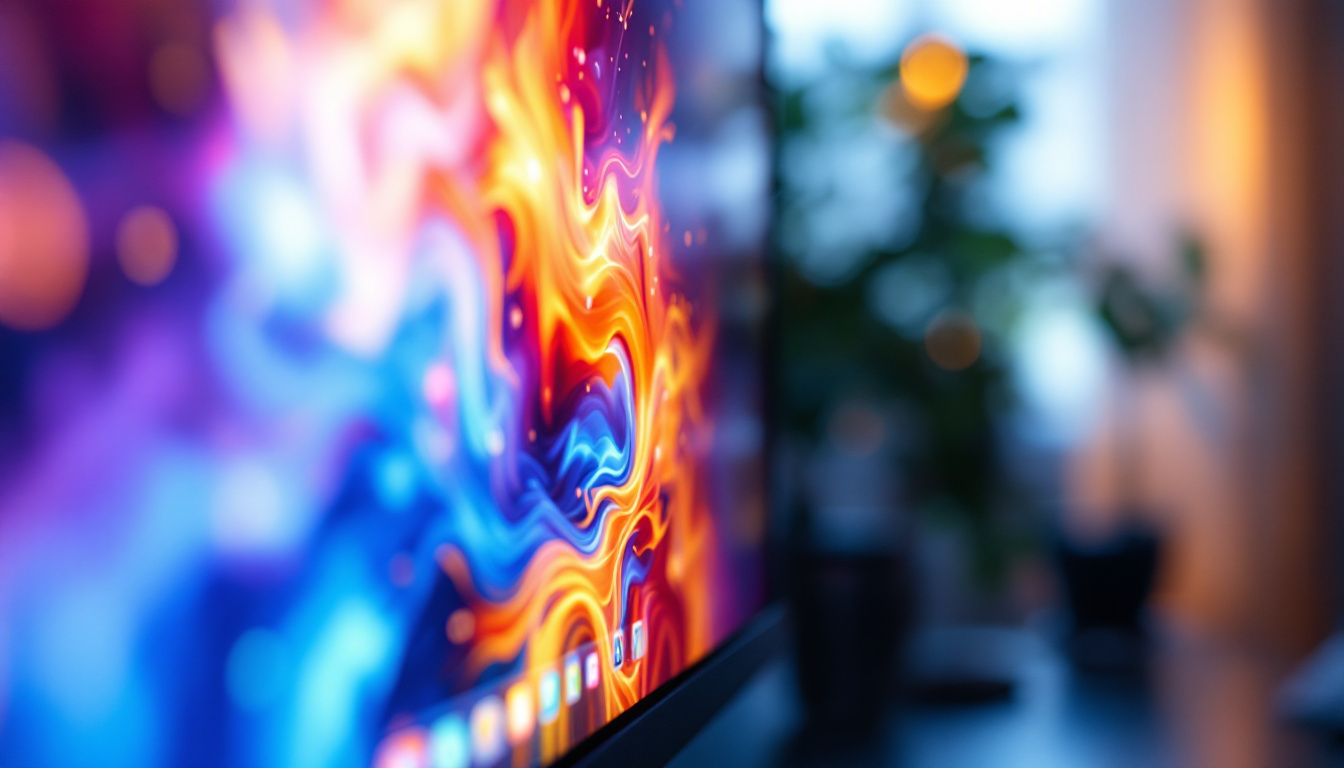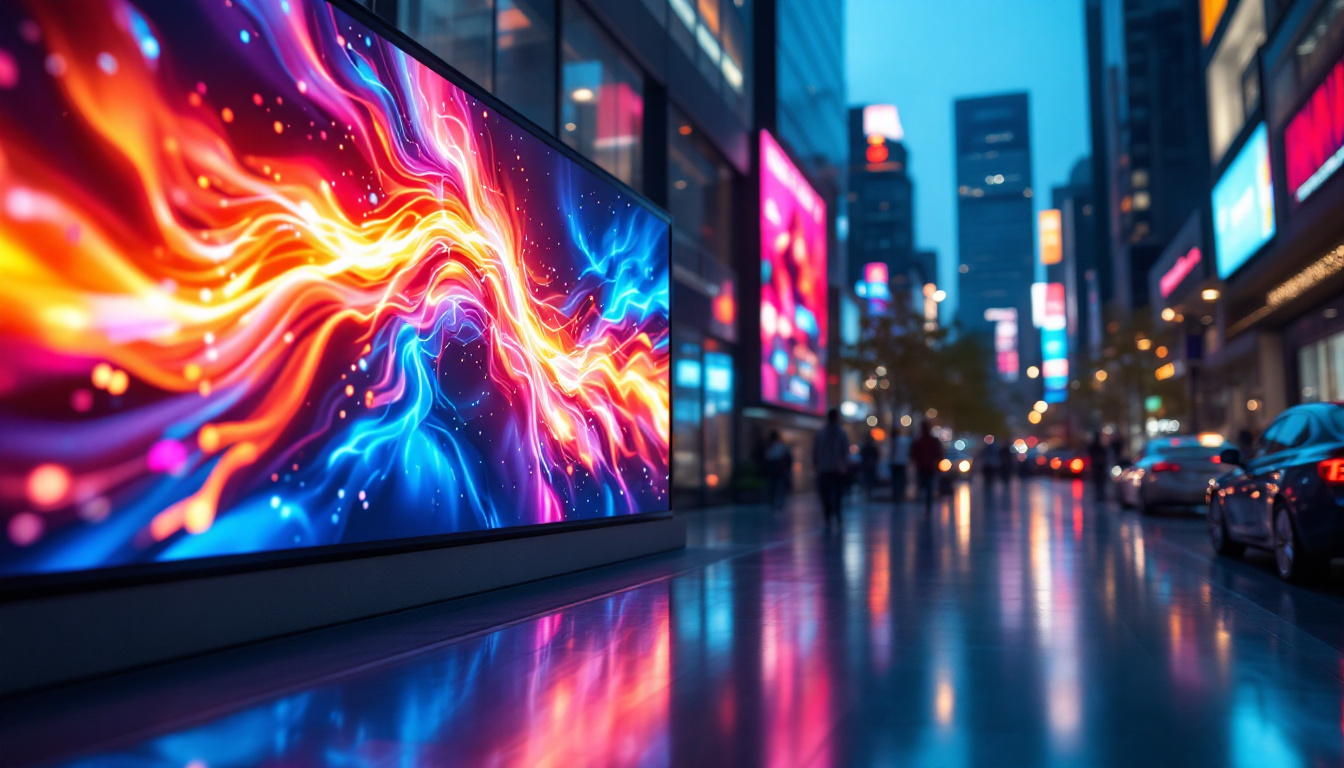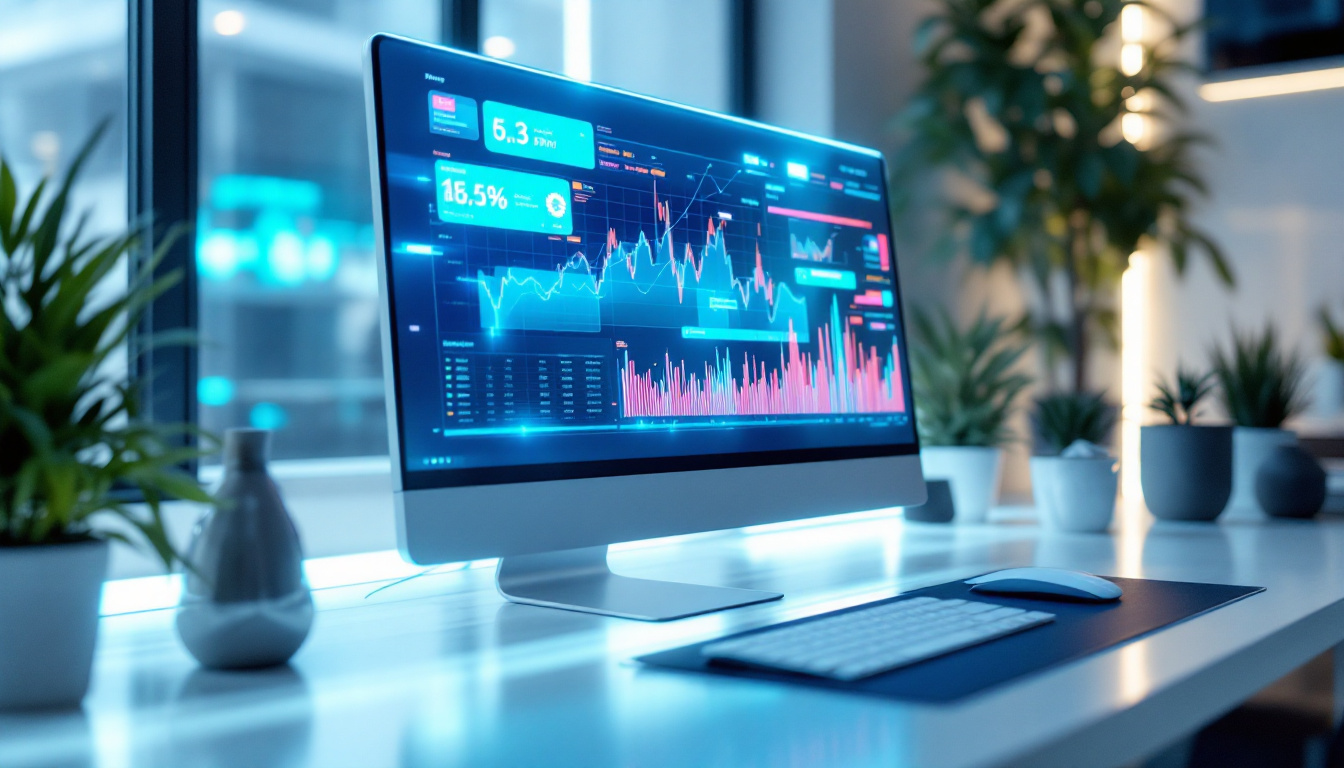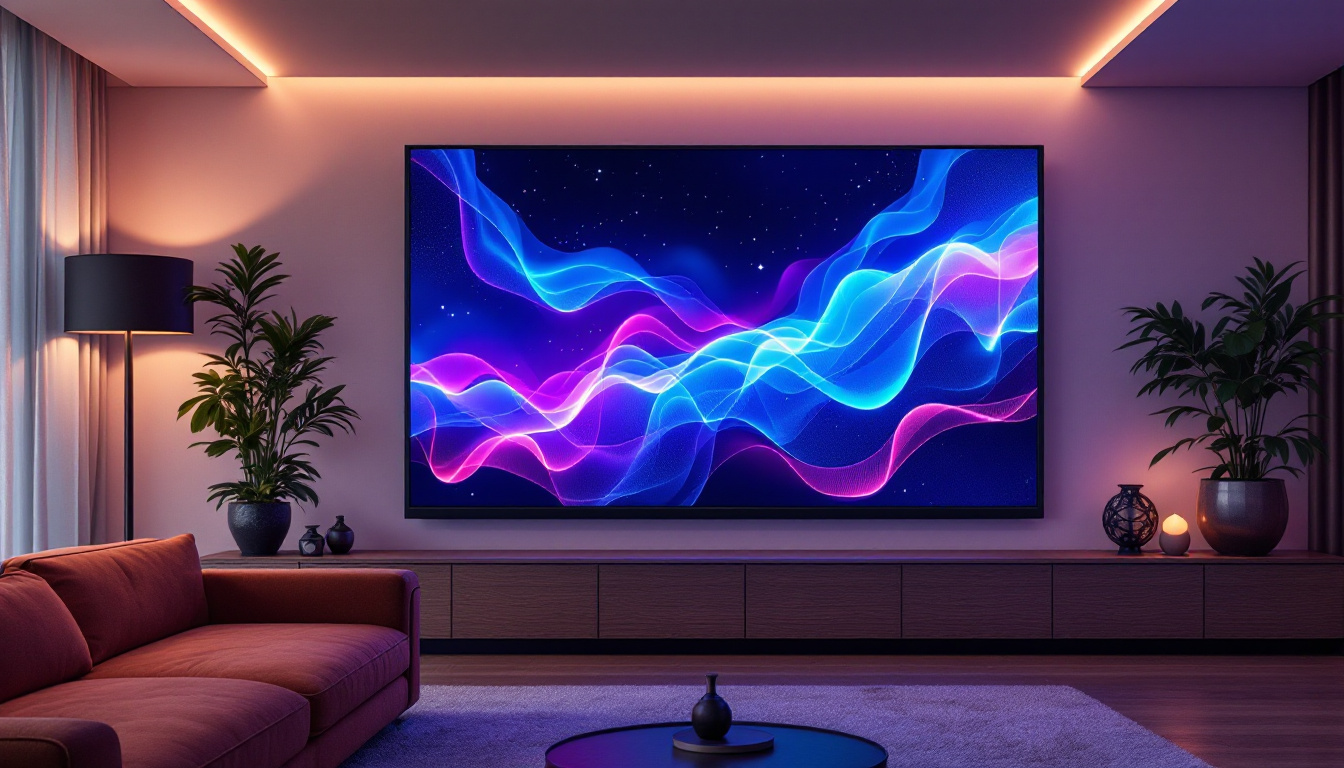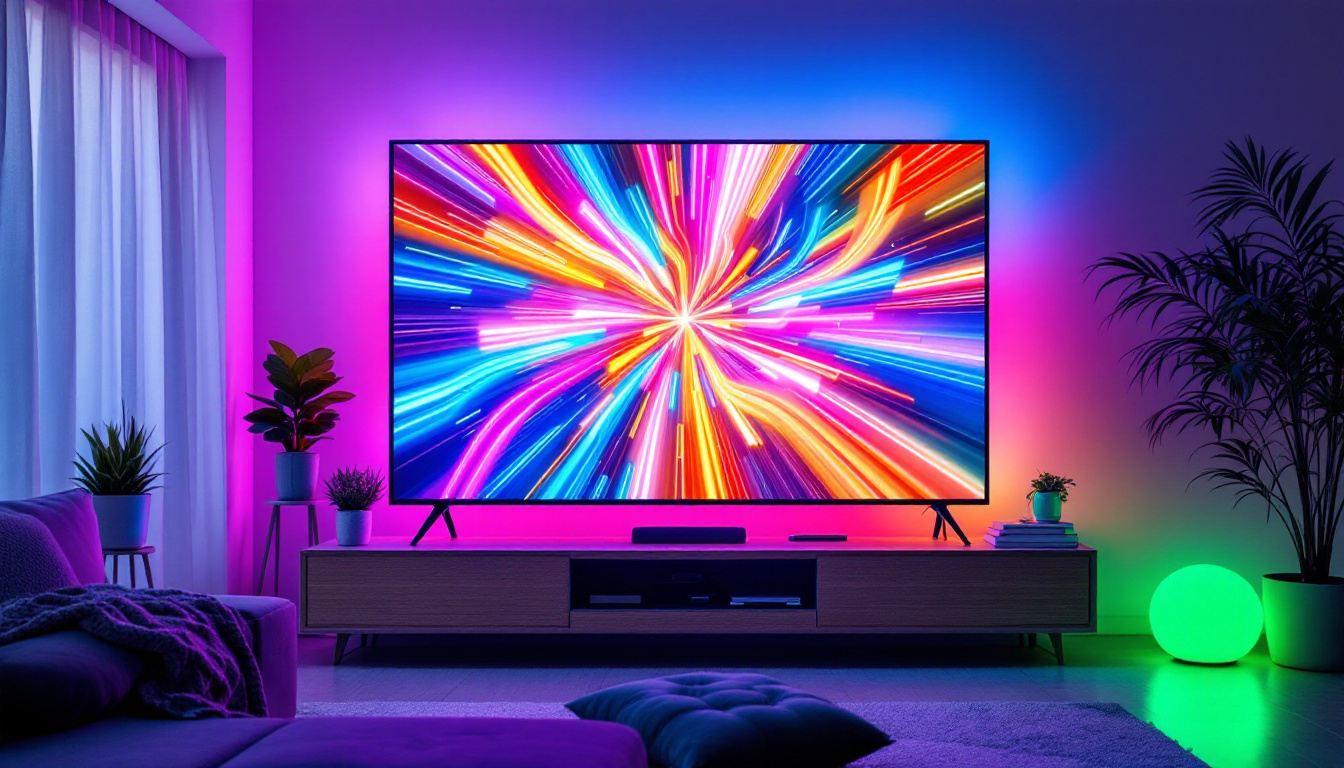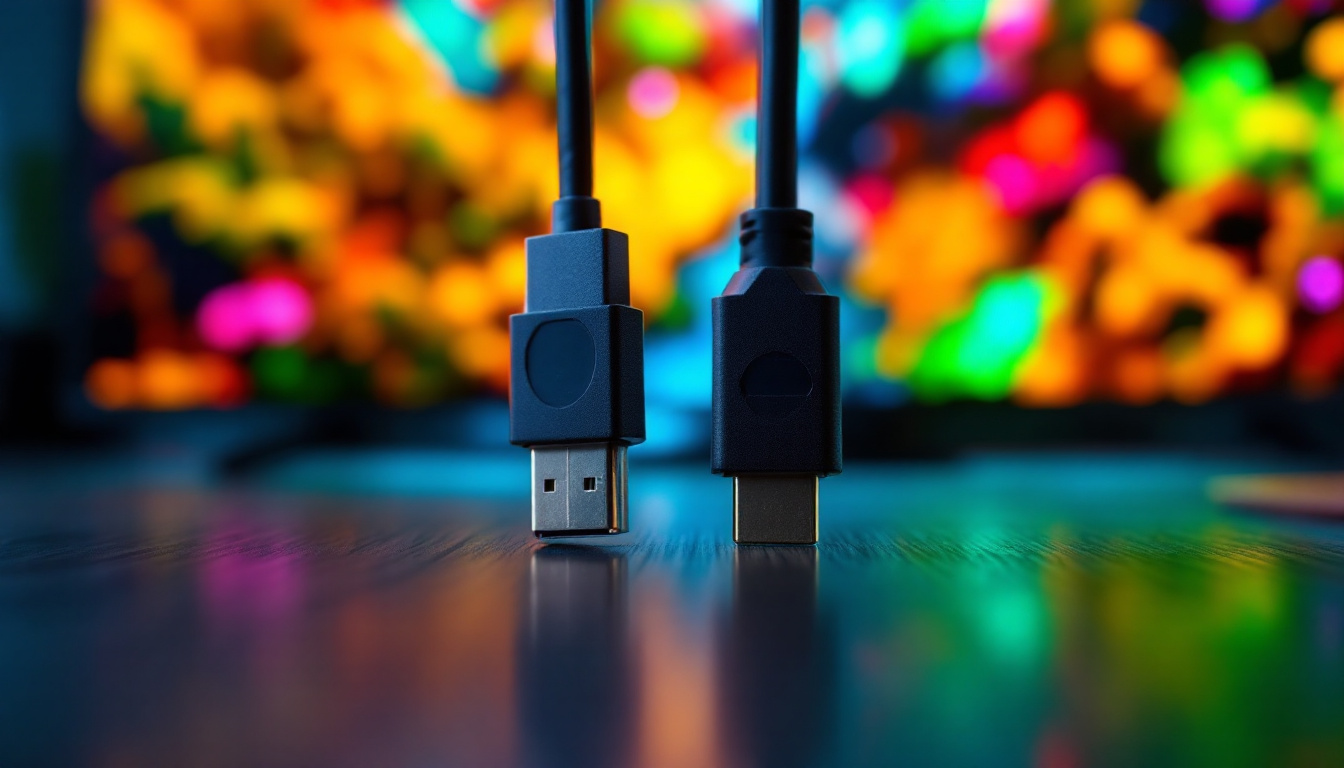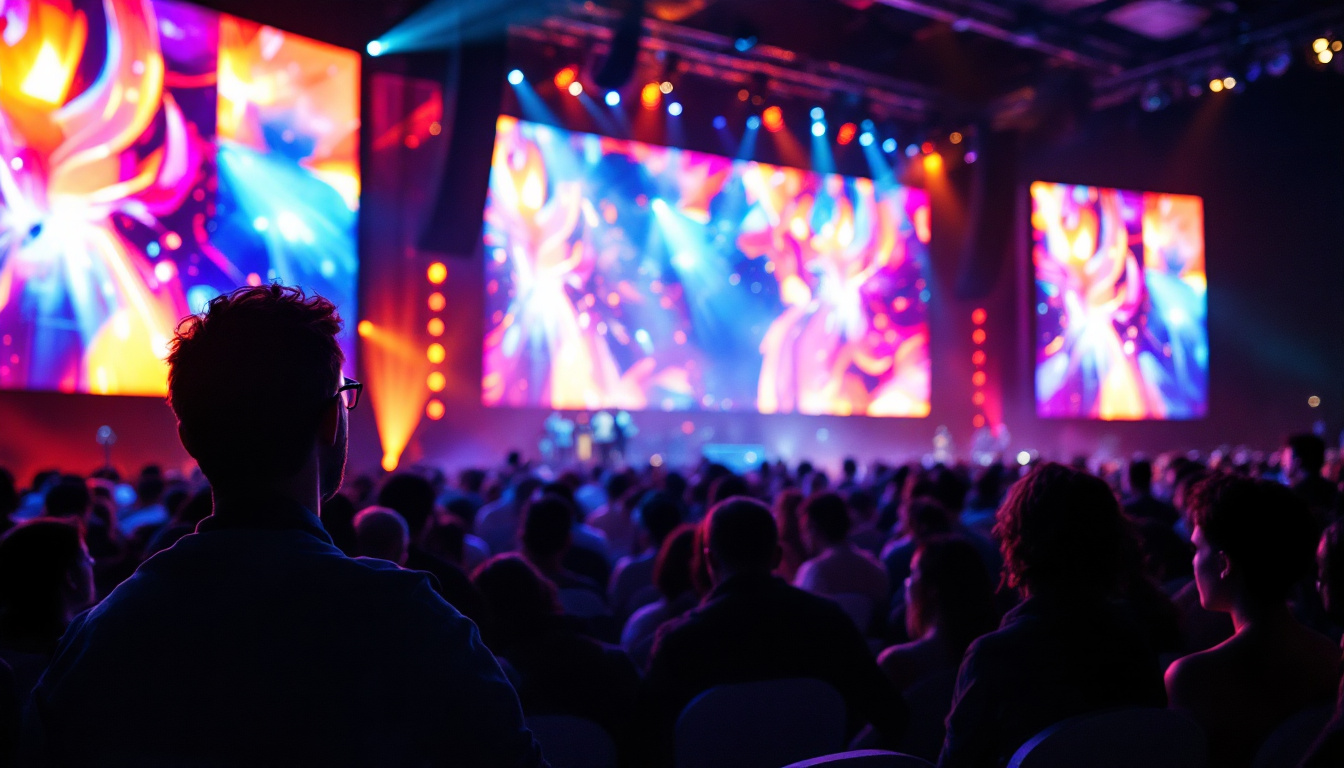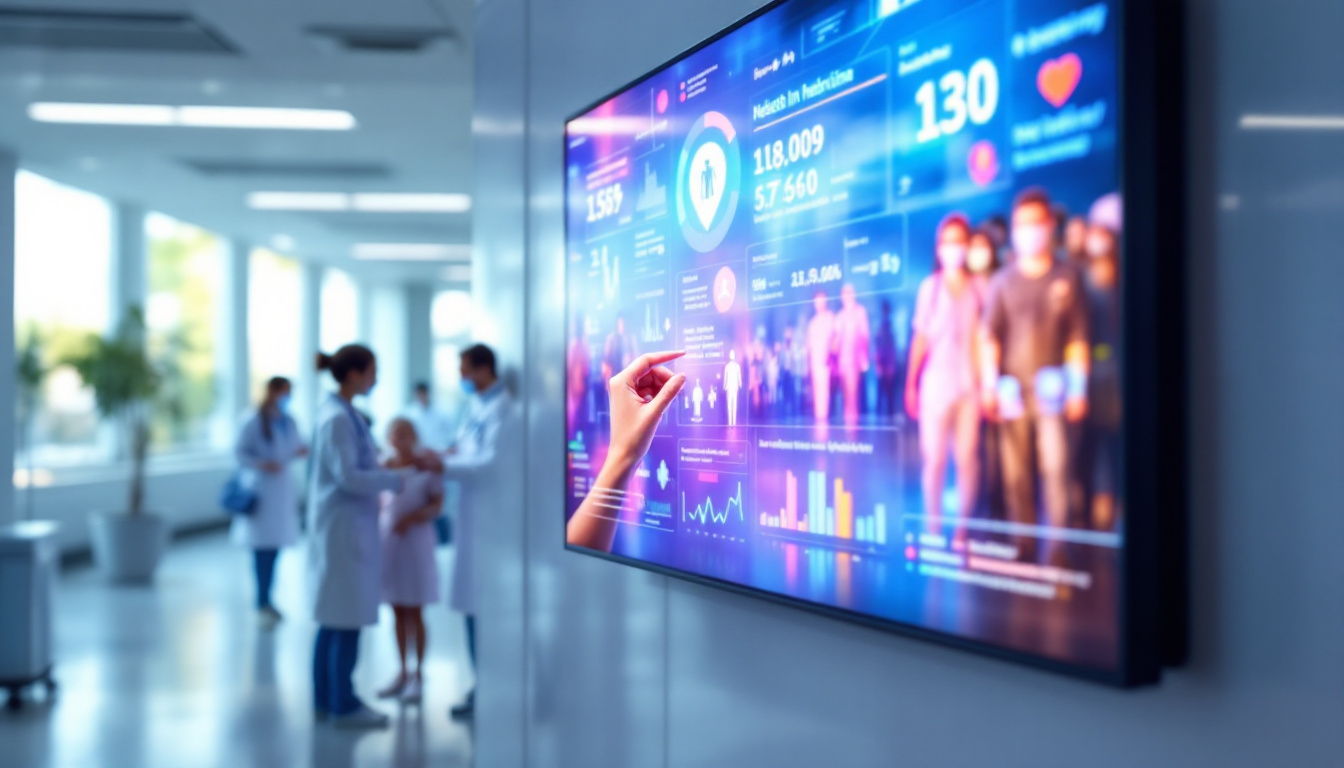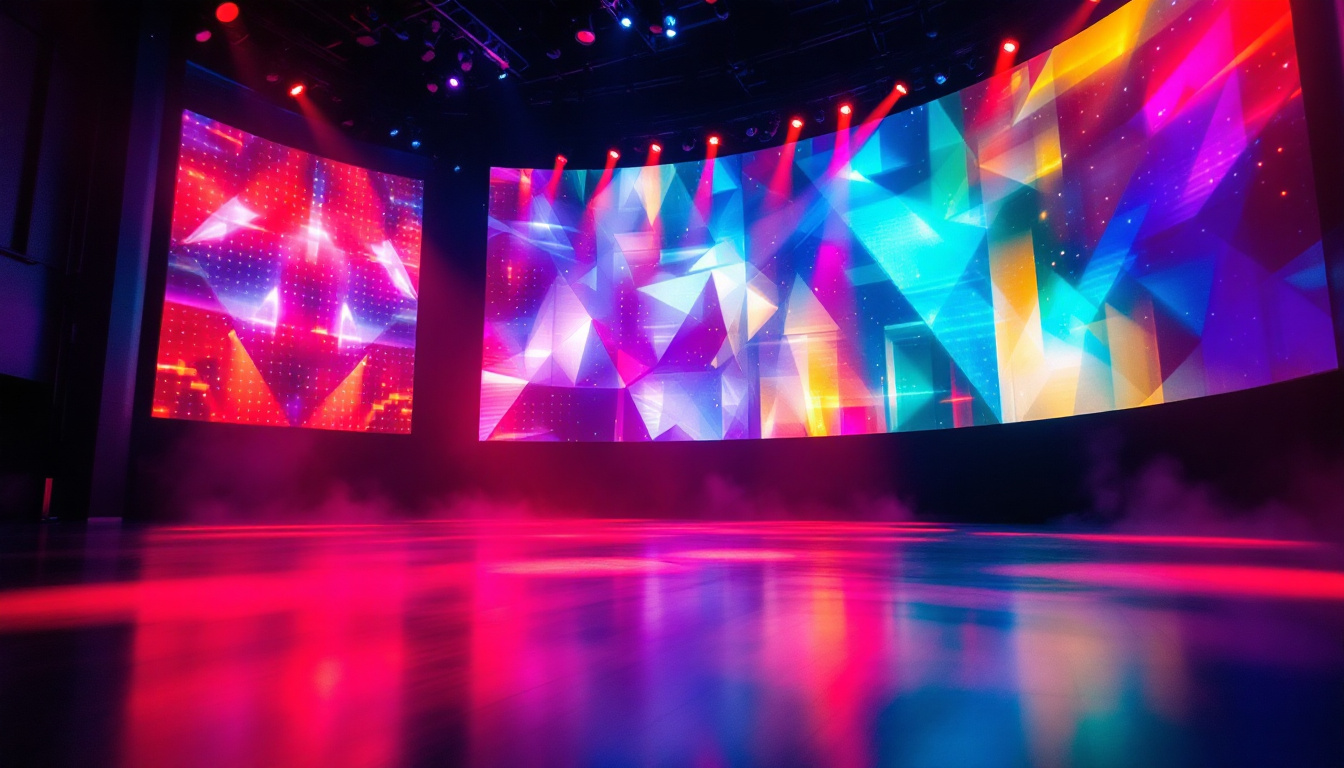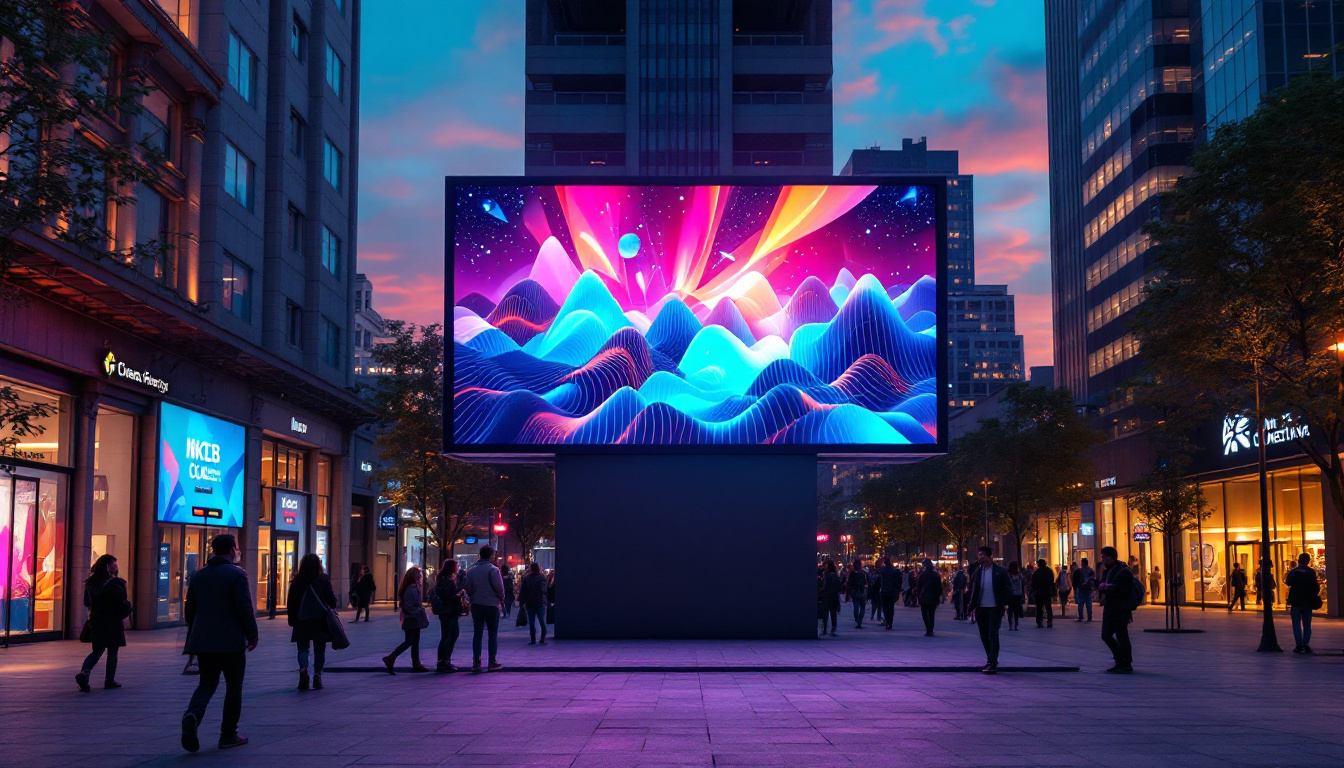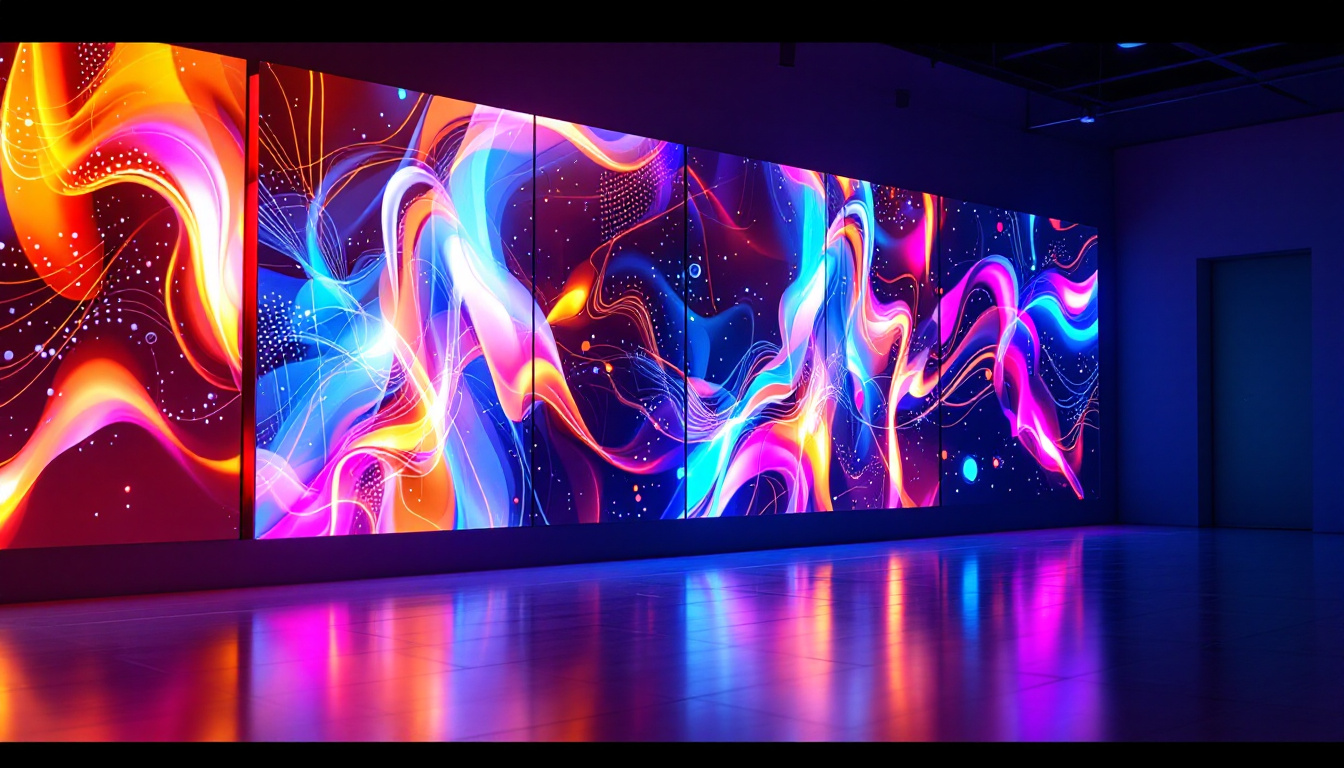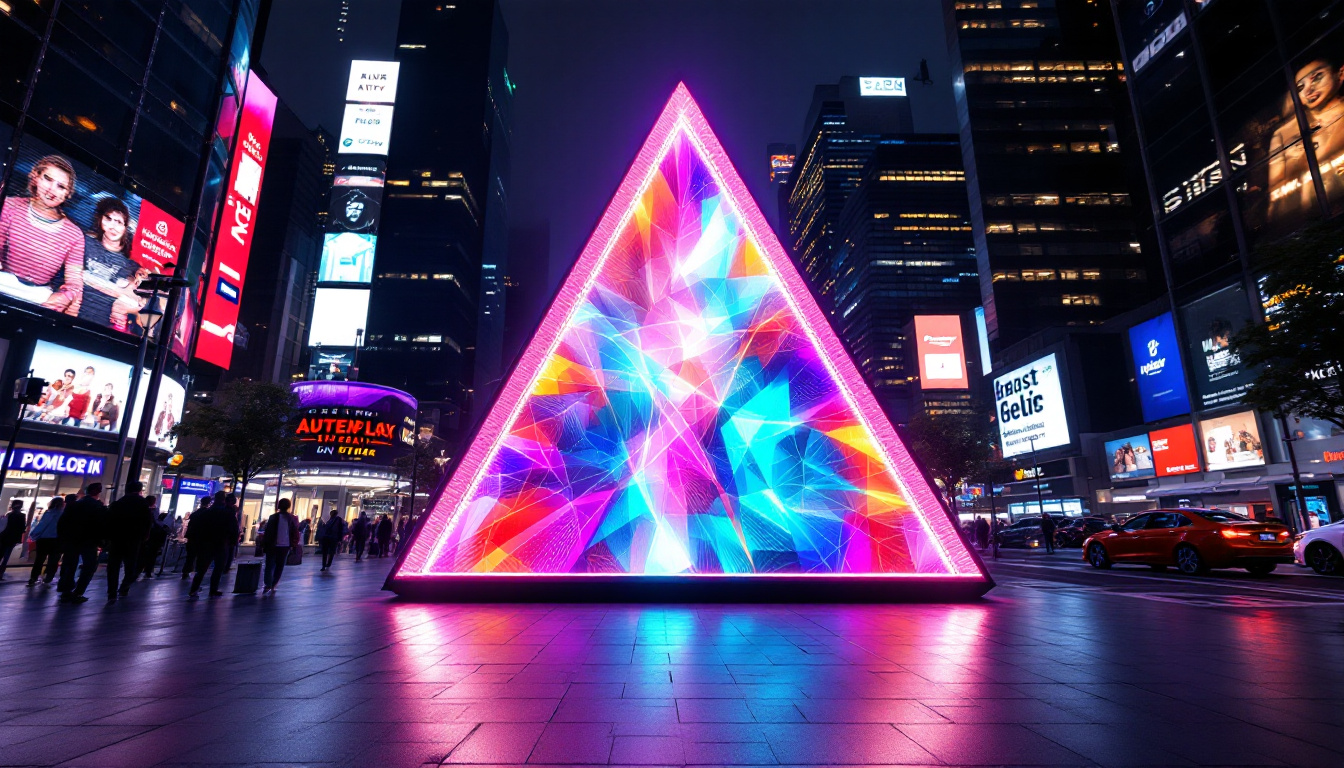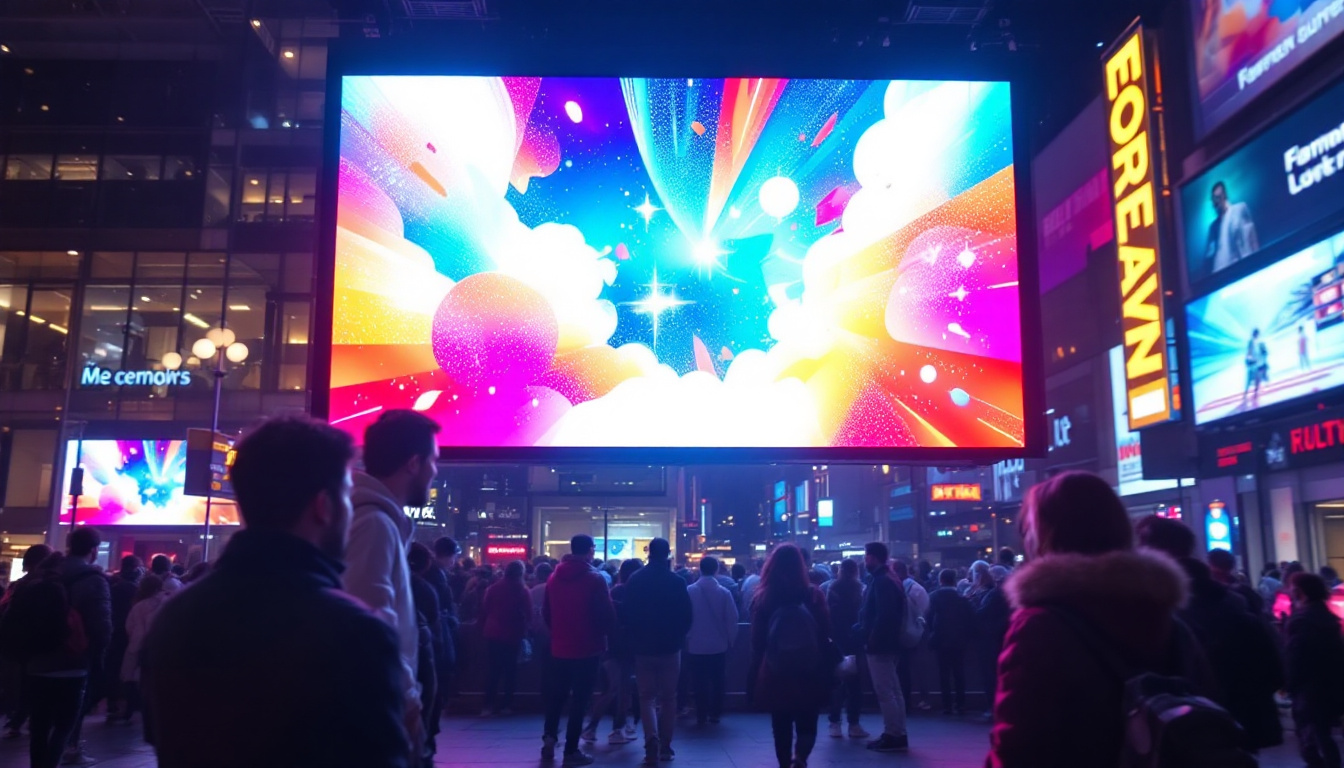In the realm of visual technology, the floor-mounted projector screen has emerged as a popular choice for both professional and personal use. This article delves into the intricacies of these screens, particularly focusing on their integration with LED displays. Understanding how these components work together is essential for anyone looking to enhance their viewing experience.
Understanding Floor Mounted Projector Screens
Floor mounted projector screens are designed to provide a stable and versatile platform for projecting images and videos. Unlike traditional wall-mounted screens, these screens can be easily repositioned, making them ideal for various settings, from corporate boardrooms to home theaters.
Benefits of Floor Mounted Screens
One of the primary advantages of floor-mounted projector screens is their portability. Users can easily move them to different locations without the need for extensive installation processes. This flexibility is particularly beneficial for businesses that require frequent setup changes for presentations or training sessions.
Additionally, floor-mounted screens often come with adjustable height features, allowing users to customize the viewing experience according to their audience’s needs. This adaptability ensures optimal image quality and viewer comfort, making it a preferred choice for many. Furthermore, many models are designed with a sturdy base that provides stability, reducing the risk of tipping over during use, which is especially important in busy environments or when children are present.
Types of Floor Mounted Screens
There are several types of floor-mounted projector screens available in the market, each catering to different user requirements. Some screens are manual, requiring users to pull them down manually, while others are motorized and can be operated with a remote control. The choice between these types often depends on the frequency of use and the desired convenience level.
Moreover, screens can vary in aspect ratios, such as 16:9 for widescreen formats or 4:3 for traditional presentations. Understanding these specifications is crucial for selecting the right screen that complements the projector being used. In addition to aspect ratios, users should also consider the screen material, as options like matte white, high-gain, or even acoustically transparent materials can significantly affect image quality and viewing angles. For instance, a high-gain screen may enhance brightness in well-lit rooms, while a matte finish could be more suitable for darker environments, ensuring that every detail of the projection is visible and vibrant.
The Role of LED Displays
LED displays have revolutionized the way visual content is presented. Known for their vibrant colors and high brightness levels, LED technology offers a superior viewing experience compared to traditional projection methods. When integrated with floor-mounted projector screens, LED displays can significantly enhance the quality of presentations.
Advantages of LED Technology
LED displays provide several benefits that make them an attractive choice for users. One of the most notable advantages is their energy efficiency. LED screens consume less power compared to other display technologies, which can lead to significant cost savings over time.
Furthermore, LED displays boast longer lifespans, often exceeding 50,000 hours of use. This durability means less frequent replacements, making them a more economical option in the long run. Their ability to maintain consistent brightness and color accuracy also ensures that presentations remain visually appealing, regardless of the ambient lighting conditions.
Integration with Projector Screens
When combined with floor-mounted projector screens, LED displays can create a dynamic and engaging viewing experience. The high brightness levels of LED technology allow for clear visibility even in well-lit environments, which is often a challenge for traditional projectors.
Moreover, the seamless integration of LED displays with projector screens can enhance the overall aesthetic of a room. Many modern screens are designed to complement the sleek look of LED technology, creating a cohesive and professional appearance that is suitable for any setting.
Choosing the Right Floor Mounted Projector Screen
Selecting the appropriate floor-mounted projector screen requires careful consideration of various factors. Understanding the specific needs of the intended use case is crucial for making an informed decision.
Screen Size and Aspect Ratio
The size of the screen plays a significant role in the overall viewing experience. It is essential to choose a screen that fits the space available while also considering the distance from which the audience will be viewing the content. A general rule of thumb is that the screen height should be about one-third of the distance from the viewer to the screen.
Aspect ratio is another critical factor. For instance, a 16:9 aspect ratio is ideal for movies and widescreen presentations, while a 4:3 aspect ratio may be better suited for traditional slideshows. Assessing the types of content that will be displayed can guide users in selecting the right aspect ratio for their needs.
Material and Surface Type
The material and surface type of the screen can significantly impact the quality of the projected image. Screens can be made from various materials, including matte, glossy, and high-gain surfaces. Matte surfaces are typically preferred for environments with ambient light, as they help reduce glare and enhance visibility.
On the other hand, glossy surfaces can provide more vibrant colors and higher contrast ratios, making them suitable for darker environments. Understanding the lighting conditions of the intended viewing area can help users choose the most appropriate surface type for their floor-mounted projector screen.
Installation and Setup Considerations
Proper installation and setup are crucial for maximizing the performance of floor-mounted projector screens and LED displays. While many screens are designed for easy assembly, there are still essential steps to ensure optimal functionality.
Placement and Positioning
The placement of the screen is vital for achieving the best viewing experience. Ideally, the screen should be positioned at eye level when seated, which typically means mounting it between 36 to 48 inches from the floor. This height ensures that viewers can comfortably see the content without straining their necks.
Additionally, the distance between the screen and the projector should be taken into account. This distance varies depending on the type of projector being used, so consulting the manufacturer’s guidelines is recommended to avoid any issues with image quality.
Calibration and Adjustment
Once the screen is installed, calibrating the projector and screen combination is essential for achieving the best image quality. This process may involve adjusting the brightness, contrast, and color settings on the projector to match the capabilities of the screen.
Regular maintenance and adjustments can also help prolong the lifespan of both the projector and the screen. Dust and debris can accumulate on the surface, affecting image quality, so routine cleaning is advisable to maintain optimal performance.
Applications of Floor Mounted Projector Screens
Floor mounted projector screens are versatile tools used across various applications. From educational settings to corporate environments, their adaptability makes them suitable for numerous scenarios.
Corporate Presentations
In the corporate world, effective communication is key. Floor-mounted projector screens are often utilized for presentations, training sessions, and meetings. Their portability allows companies to set up in different locations, ensuring that visual aids are always readily available.
Moreover, the integration of LED displays enhances the clarity of presentations, making it easier for audiences to engage with the content. This combination of technology and flexibility can lead to more effective communication and improved retention of information.
Educational Environments
In educational settings, floor-mounted projector screens are invaluable tools for teachers and students alike. They facilitate interactive learning experiences, enabling educators to present multimedia content in an engaging manner. The ability to easily adjust the screen height makes it accessible for students of all ages and sizes.
Additionally, the vibrant colors and sharp images provided by LED displays can capture students’ attention, making lessons more enjoyable and effective. As technology continues to evolve, the integration of these screens in classrooms will likely become even more prevalent.
Future Trends in Projector Screen Technology
The landscape of projector screen technology is continuously evolving, driven by advancements in display technology and user demands. As we look to the future, several trends are emerging that may shape the way floor-mounted projector screens are designed and utilized.
Smart Features and Connectivity
With the rise of smart technology, future projector screens are likely to incorporate advanced features such as wireless connectivity, touch controls, and built-in speakers. These innovations can streamline the user experience, allowing for seamless integration with various devices and platforms.
Moreover, smart projector screens may offer enhanced interactivity, enabling users to engage directly with the content being displayed. This shift towards more interactive experiences could revolutionize how presentations and educational content are delivered.
Eco-Friendly Materials
As sustainability becomes a growing concern, manufacturers are increasingly focusing on eco-friendly materials for projector screens. This trend may lead to the development of screens made from recyclable or biodegradable materials, reducing the environmental impact of production and disposal.
Additionally, energy-efficient designs that minimize power consumption will likely become standard, aligning with global efforts to reduce energy usage and carbon footprints.
Conclusion
Floor-mounted projector screens, particularly when paired with LED displays, offer a dynamic and versatile solution for various visual presentation needs. Their adaptability, combined with the superior image quality of LED technology, makes them an ideal choice for corporate, educational, and personal use.
As technology continues to advance, the future of projector screens looks promising, with innovations that will enhance user experience and sustainability. Understanding the intricacies of these systems is essential for anyone looking to invest in visual technology, ensuring that they make informed decisions that meet their specific needs.
In summary, whether for a business presentation, classroom instruction, or home entertainment, floor-mounted projector screens equipped with LED displays stand out as a powerful combination that elevates the viewing experience to new heights.
Discover LumenMatrix’s Innovative LED Display Solutions
Ready to elevate your visual presentations with the latest in LED technology? LumenMatrix offers a comprehensive range of LED display solutions tailored to meet your needs. From immersive Indoor LED Walls to dynamic Vehicle LED Displays and beyond, our products are designed to captivate your audience and amplify your message. Experience the future of visual communication with LumenMatrix’s cutting-edge displays. Check out LumenMatrix LED Display Solutions today and transform the way you share your story.

